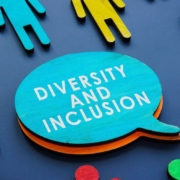Benefits of Rehiring Former Employees
By Kimberly Kafafian
If you’re like many companies, chances are you’re struggling to fill positions. You have your HR teams strategizing together on how to attract the right talent. You’re boosting your employer branding efforts and devising new benefits packages. But nothing’s working. You need skilled talent now and you’re out of ideas.
This might sound crazy, but have you thought about reaching out to the employees who left during the pandemic to see if they would be interested in returning? A recent Harris Poll survey found that one in five of people who resigned during the pandemic say they regretted it. If you’ve significantly improved culture, enhanced benefits, and created a better work-life balance for your employees since their departure you might be able to entice them back and solve some of your talent issues.
You’re probably thinking, “Would they really come back?” You never know. According to LinkedIn, “boomerang” employees accounted for 4.5% of all new hires among companies on the platform in 2021. This statistic, combined with the 20% who regret quitting, should be enough to get you considering the benefits of reaching out to potential rehires.
The Positives of Rehiring Former Employees
Here are some pros to consider:
You already know about their work ethic and skill sets.
Since you have a history, you wouldn’t be hiring the unknown. You are aware of their work ethic and whether they have the ability to get the job done.
It’s cost effective.
When you hire a former employee, there is less training – or perhaps no training – required. And because they are already familiar with the position and the company, the onboarding time is significantly cut. This reduces overall costs.
Rehiring can boost morale.
When former employees return to the company, they are showing that the grass isn’t always greener somewhere else.
As an HR professional, I always stress to my clients that it’s important to leave the door open because you never know where the relationship may lead. To that end, I recommend:
- Creating a positive exit experience so that employees leave feeling supported.
- Explicitly telling the exiting employee that if things don’t work out in the new job that the door is open to returning.
- Stay in touch with former employees by sharing company and workforce news.
- Keep track of prior employees through a CRM system.
Have you rehired any employees who left during the pandemic? If so, I would love to hear about your experience.
















